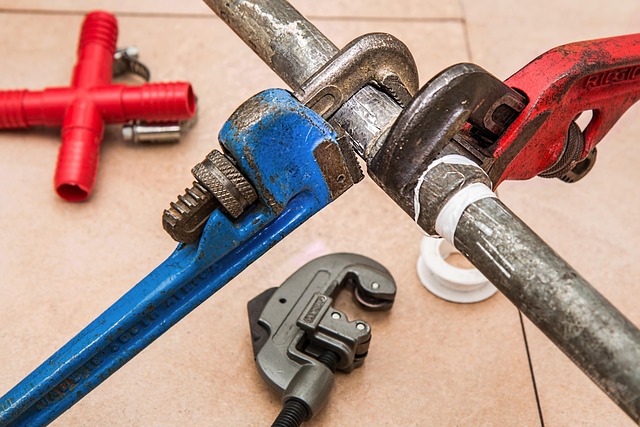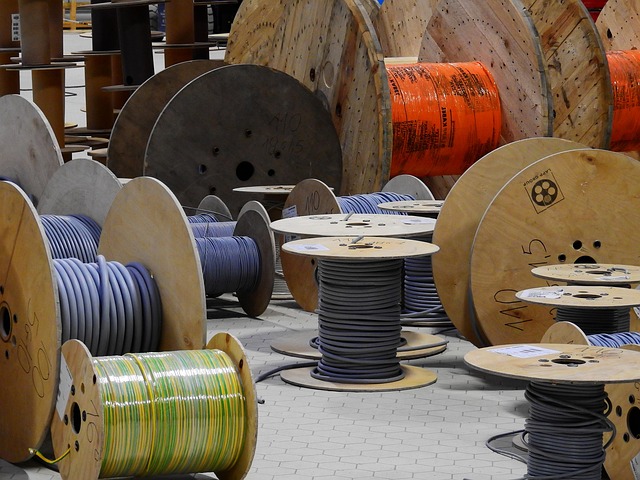Home renovation is often perceived as a daunting undertaking filled with potential pitfalls and costs, but when approached with sustainability in mind, it transforms into an opportunity to contribute positively to our environment. Sustainable development is at the core of green technologies, focusing not just on that immediate renovation but on creating systems and structures that benefit future generations. One such goal is achieving a carbon-neutral home, a feat that is more accessible than ever with innovative solutions tailored for the eco-conscious homeowner.
One of the first steps to reducing your ecological footprint during a home renovation is to utilize sustainable materials. Products made from recycled or reclaimed resources minimize waste and provide unique charm to your space. Consider bamboo flooring, which is not only aesthetically appealing but also a rapidly renewable resource. Another option is reclaimed wood, which adds character and keeps materials out of landfills.
Energy efficiency should be a priority when choosing appliances and fixtures for your renovation. Investing in Energy Star-rated appliances is a smart move, as these units use significantly less energy compared to standard models. Incorporating smart home technology can further enhance energy efficiency. Devices that monitor and manage energy consumption allow homeowners to optimize their usage and, ultimately, their carbon footprint.
Solar panels are a shining example of green technologies that can be integrated into your home renovation. By harnessing the sun’s power, you can generate clean energy that reduces reliance on fossil fuels. Although the initial installation may seem costly, a thoughtful investment in solar technology pays off long-term through lower energy bills and potential tax credits. Coupling solar panels with energy storage systems like batteries means you can use stored energy even during non-sunny periods, ensuring your home remains powered sustainably.
Another innovative solution involves passive solar design, which focuses on maximizing natural light and warmth to reduce heating and cooling needs. This could include strategically placing windows, using thermal mass materials, or adding overhangs to control sunlight. These features not only contribute to energy savings but enhance your living space’s comfort and beauty.
When planning your home renovation, consider the water usage as well. Incorporating water-efficient fixtures, such as low-flow faucets and dual-flush toilets, can significantly lower water consumption. Rainwater harvesting systems are another exciting possibility, allowing you to collect and reuse rainwater for irrigation or even as supplemental water for your household needs. This not only conserves precious resources but also lowers your water bills.
Finally, don’t overlook the landscaping! Sustainable landscaping practices—like native plants, xeriscaping, or permaculture—can further reduce your ecological footprint while enhancing your home’s natural beauty. By selecting plants that thrive in your local climate, you can minimize the need for irrigation and chemical fertilizers, promoting a healthy ecosystem around your home.
Incorporating green technologies into your home renovation is a powerful way to create a carbon-neutral space that reflects your values and commitment to the environment. With so many innovative solutions available, this journey not only makes for a more sustainable living space but also inspires others in your community to consider their ecological impact. As we work towards sustainable development, our homes can indeed become significant players in the fight against climate change, one renovation at a time.




